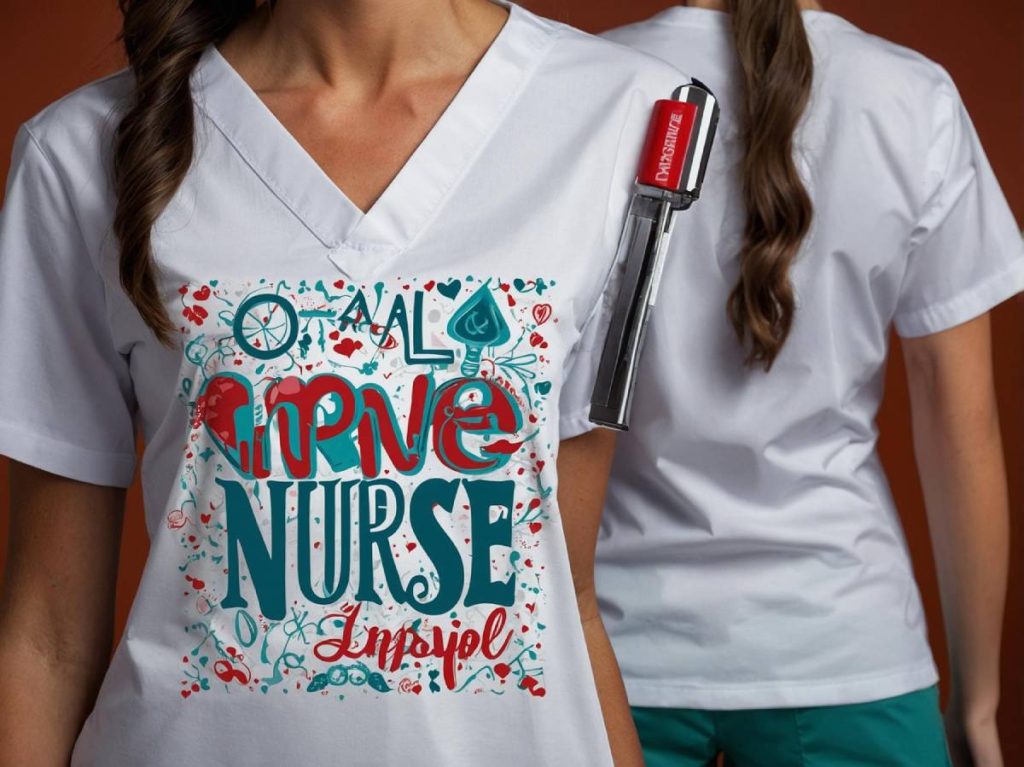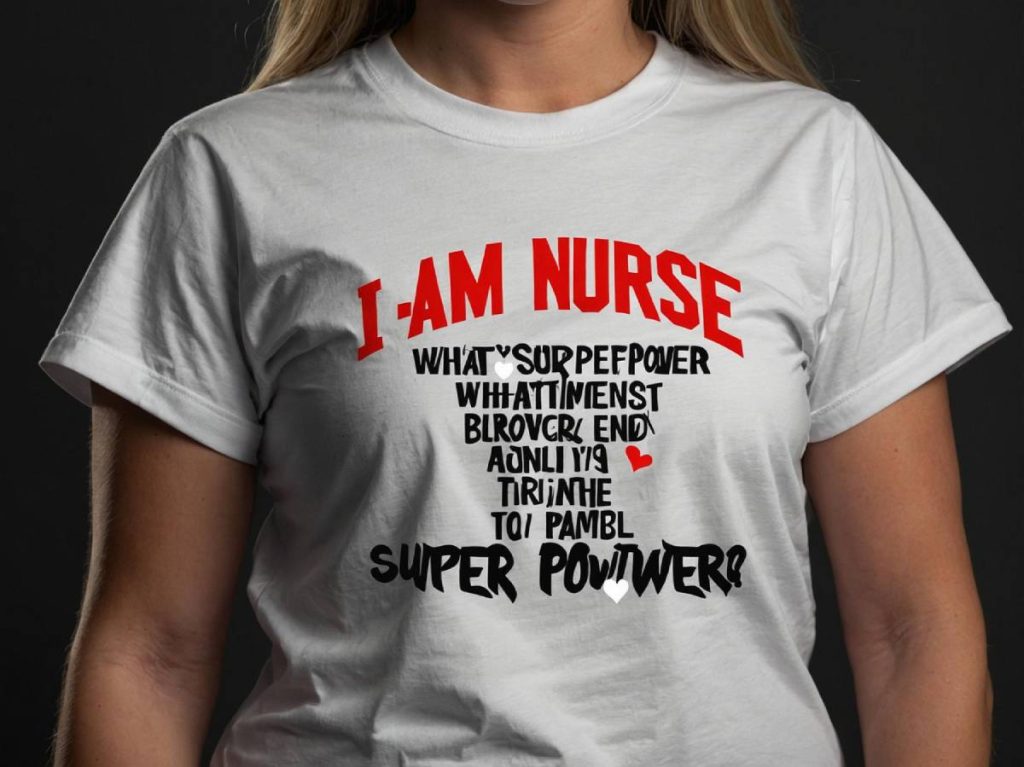DTF supplies are essential for anyone venturing into the exciting realm of Direct-to-Film (DTF) printing, a revolutionary method for creating custom apparel. This technique enables artists and entrepreneurs alike to transfer vibrant and intricate designs on various fabrics with unmatched efficiency. Having the right DTF printing essentials is vital, as they ensure high-quality outcomes in every project, whether you’re designing for your own personal collection or launching a custom apparel business. Key components like DTF transfer film and a top-notch DTF printer play a significant role in achieving professional results that can elevate your brand. In this guide, we’ll explore everything you need to get started with DTF supplies and unlock your creative potential.
When diving into the universe of Direct-to-Film printing, also known as DTF, it’s important to familiarize yourself with the various tools and materials that will enhance your printing experience. This innovative custom apparel technique allows for the application of stunning graphics and texts that adhere seamlessly to a variety of fabrics. Essential items like DTF transfer sheets, specialized ink for DTF printers, and appropriate heat press machines form the backbone of successful printing endeavors. Understanding the specific requirements of these DTF materials can significantly influence the quality and durability of your finished products. In navigating this vibrant field, knowing your DTF supplies is the first step toward creative success.
Essential Supplies for DTF Printing Success
The foundation of any successful DTF printing venture lies in the essential supplies. First and foremost, a top-notch DTF printer is critical. Opt for a high-quality, modified inkjet printer that can handle the intricacies of Direct-to-Film printing. Notable brands such as Epson are favored by many in the DTF community, thanks to their capability to produce vibrant prints with exceptional detail. Selecting the right printer not only facilitates smooth operation but significantly influences the overall quality of the printed designs, making it an indispensable component of your DTF supplies.
In addition to a DTF printer, another pivotal supply is the DTF transfer film. This film is where the vivid, colorful designs are first printed before being transferred onto the fabric. The quality of the transfer film is paramount — utilizing a subpar film can lead to poor adhesion and diminished print quality. Thus, research and investment in high-quality transfer films are essential for successful results, as it directly impacts how well the design bonds with the fabric.
Advanced Tools to Enhance DTF Printing
While core supplies lay the groundwork for DTF printing, additional tools can elevate your printing process. Software such as Adobe Illustrator and CorelDRAW is crucial for creating and modifying designs. These programs allow you to customize your graphics effectively, ensuring they are optimized for DTF printing. Furthermore, specialized RIP software made for DTF printers aids in managing colors and enhancing the final print quality, pushing your designs to new artistic heights.
Moreover, incorporating a set of cleaning supplies designed specifically for DTF printers can significantly improve the longevity and performance of your equipment. Regular maintenance is vital; clogging and build-up can lead to poor print quality and mechanical issues. By keeping your printer clean and well-maintained, you not only extend its lifespan but also maintain consistent print quality, which is critical for producing professional-grade apparel.
Getting Started with DTF: Tips for Beginners
Embarking on a DTF printing journey can be daunting without proper guidance. One of the key recommendations for beginners is to experiment with various printer settings. Each design may benefit from adjustments in resolution and ink density. Understanding how these factors influence the final print allows for tailored results, ensuring your designs look their best on the chosen garments.
Another crucial tip is to familiarize yourself with fabric compatibility. DTF printing yields the best results on cotton and polyester blends, each requiring specific heat press settings. Knowing the nuances of different fabrics will help you avoid costly mistakes and setbacks. Always remember to conduct test runs with small batches before committing to larger orders — this approach not only fine-tunes your technique but also builds confidence and allows for quality control.
The Importance of DTF Ink Choices
Selecting the right DTF ink is another essential factor that significantly impacts the outcome of your printed designs. It’s recommended to use pigment-based inks specifically formulated for DTF applications. Such inks are designed to bond effectively with the transfer film and fabric, resulting in vibrant colors that stand the test of time. As the DTF printing trend continues to grow, the range of inks available has expanded, providing opportunities for customization and unique design opportunities.
Moreover, understanding the adhesion qualities of different inks aids in achieving long-lasting prints. Some inks may offer superior adhesion properties, ensuring that your designs remain intact even after multiple washes. Investing in high-quality inks not only enhances the color vibrancy but also ensures durability and customer satisfaction, which is paramount for anyone looking to thrive in custom apparel printing.
Understanding DTF Adhesive Powder
Adhesive powder plays a critical role in the DTF printing process, acting as the binding agent that affixes your design to the fabric during heat transfer. When the printed transfer film comes into contact with heat, the adhesive powder melts, creating a strong bond with the garment. It’s essential to choose a high-quality adhesive powder that is compatible with your specific DTF printer and ink to achieve the best results.
Using inferior adhesive powders can lead to issues such as peeling or fading once the garment is washed. Therefore, investing in reputable adhesive products is not only beneficial for the quality of your prints but also essential for building a trustworthy brand. Understanding the interactions between your adhesive powder, DTF ink, and chosen fabrics ensures that you produce durable, professional-looking apparel that satisfies your customers.
Maximizing Your DTF Printing Output
To optimize your DTF printing output, consider the finishing touches that can set your work apart. After heat pressing your printed designs, ensure the final product meets your quality standards. Inspect each piece carefully for any defects or inconsistencies, as maintaining high-quality standards builds a reputation for excellence in custom apparel printing.
In addition, staying informed about the latest trends and techniques in DTF printing will help you adapt and innovate your approach. Regularly attending workshops, online courses, and industry events can significantly widen your knowledge and skillset. Engaging with the DTF printing community not only offers networking opportunities but also provides invaluable insights that can help you stay ahead in this dynamic field.
Frequently Asked Questions
What are the essential DTF supplies needed for custom apparel printing?
To kickstart your DTF printing journey, you will need essential DTF supplies such as a DTF printer, DTF transfer film, DTF inks, adhesive powder, and a heat press. These components work together to help you create vibrant designs on various fabrics.
How does a DTF printer differ from traditional printers?
A DTF printer is specifically designed for Direct-to-Film printing, which allows it to print high-quality designs onto specially coated films. Unlike traditional inkjet printers, DTF printers can apply a combination of ink and adhesive powder, ensuring better adhesion and durability on fabrics.
Why is DTF transfer film important in DTF printing?
DTF transfer film plays a critical role in the DTF printing process. It serves as the medium onto which your designs are printed. Selecting high-quality DTF transfer film is essential for ensuring your prints adhere effectively during the heat transfer process.
What types of ink are used in DTF printing?
In DTF printing, pigment-based DTF inks are recommended because they provide vibrant colors and enhance the adhesion of prints to fabrics. These inks are specifically formulated for the DTF process, ensuring optimal results on a variety of materials.
What role does adhesive powder play in the DTF printing process?
Adhesive powder is crucial in the DTF printing process as it bonds the ink printed on the DTF transfer film to the fabric during heat transfer. The quality of adhesive powder you use can greatly influence the durability and quality of the final print.
What maintenance is required for a DTF printer?
Regular maintenance is vital for keeping your DTF printer functioning optimally. This includes using specific cleaning supplies designed for DTF printers to prevent clogging and improve print quality. Ensuring your printer is clean can extend its lifespan and enhance your printing results.
| Essential DTF Supplies | Description | Purpose | |
|---|---|---|---|
| DTF Printer | High-quality printer suitable for DTF printing. | ||
| DTF Transfer Film | Specialized film for printing designs. | ||
| DTF Ink | Pigment-based ink for vibrant and durable prints. | ||
| Adhesive Powder | Bonds the design to the fabric during transfer. | ||
| Heat Press | Essential for applying prints to garments. | ||
| Design Software | Tools for creating and modifying designs. | ||
| Cleaning Supplies | Maintains printer performance and quality. | ||
Summary
DTF supplies are crucial for anyone entering the world of custom apparel printing. By gathering the right tools such as a high-quality DTF printer, specialized transfer film, and pigment-based inks, you can produce vibrant and durable designs. Adding essential equipment like a heat press, design software, and maintenance supplies further enhances your printing capabilities. With this foundation, you’re equipped to embark on your DTF printing journey, ensuring your creations stand out and resonate with your audience.



